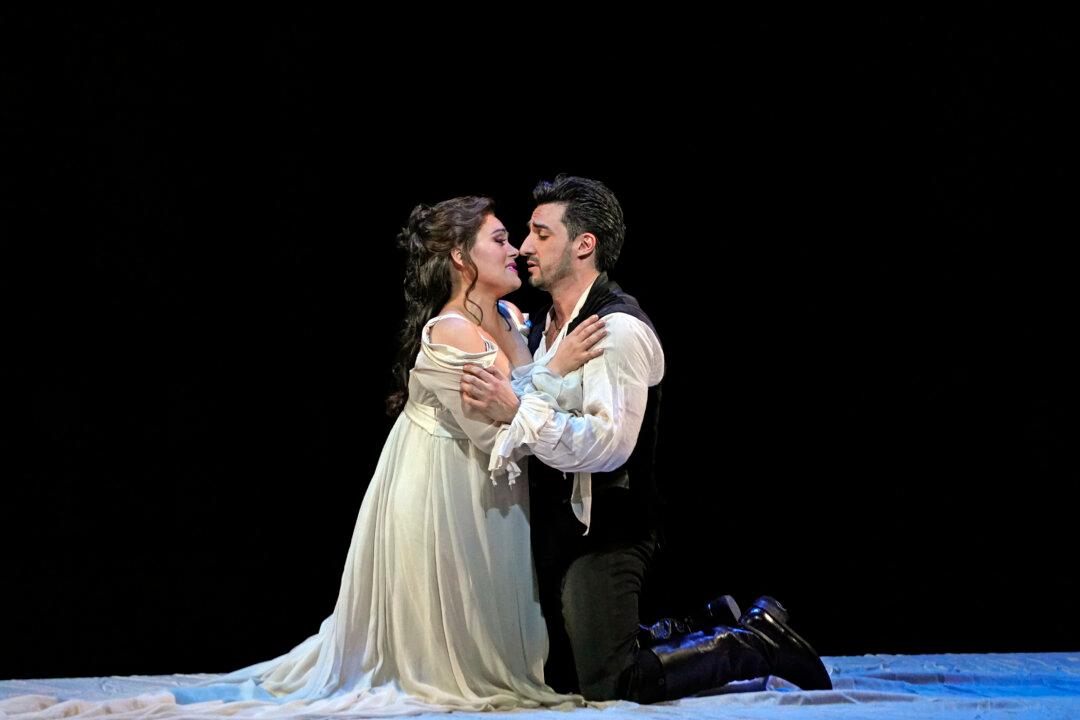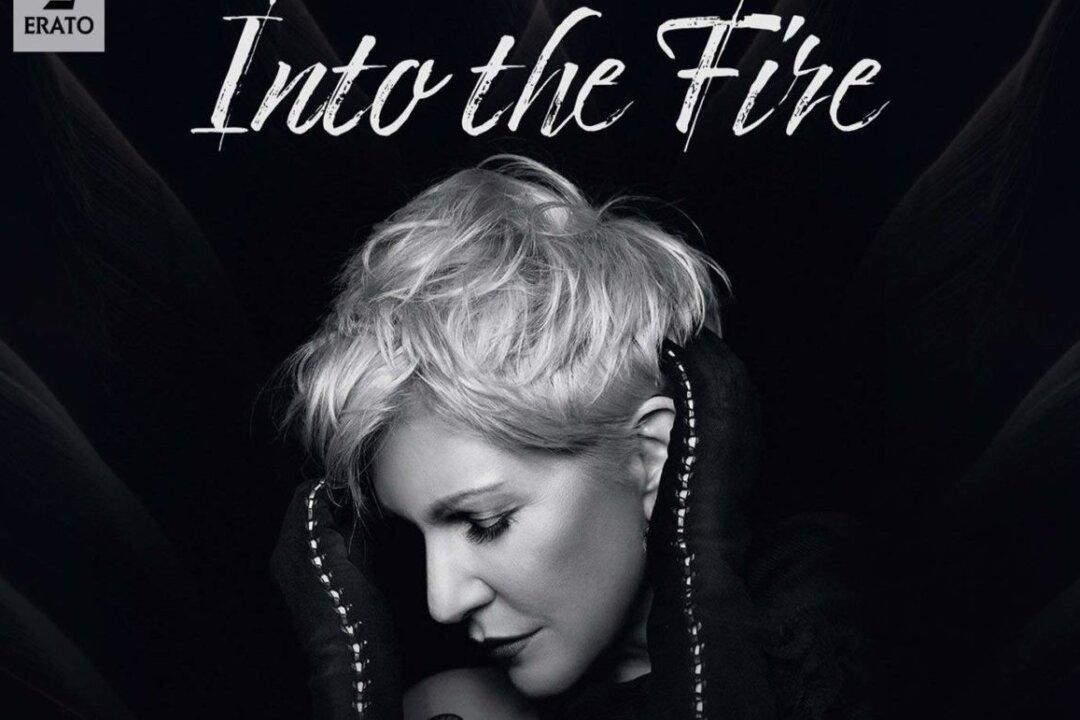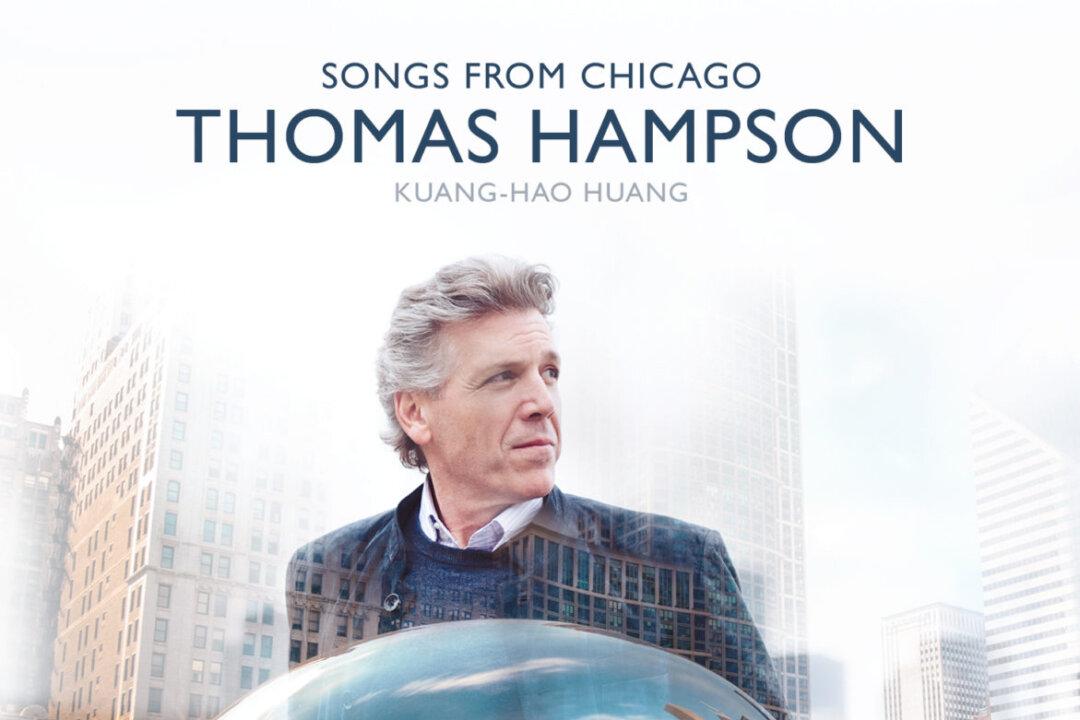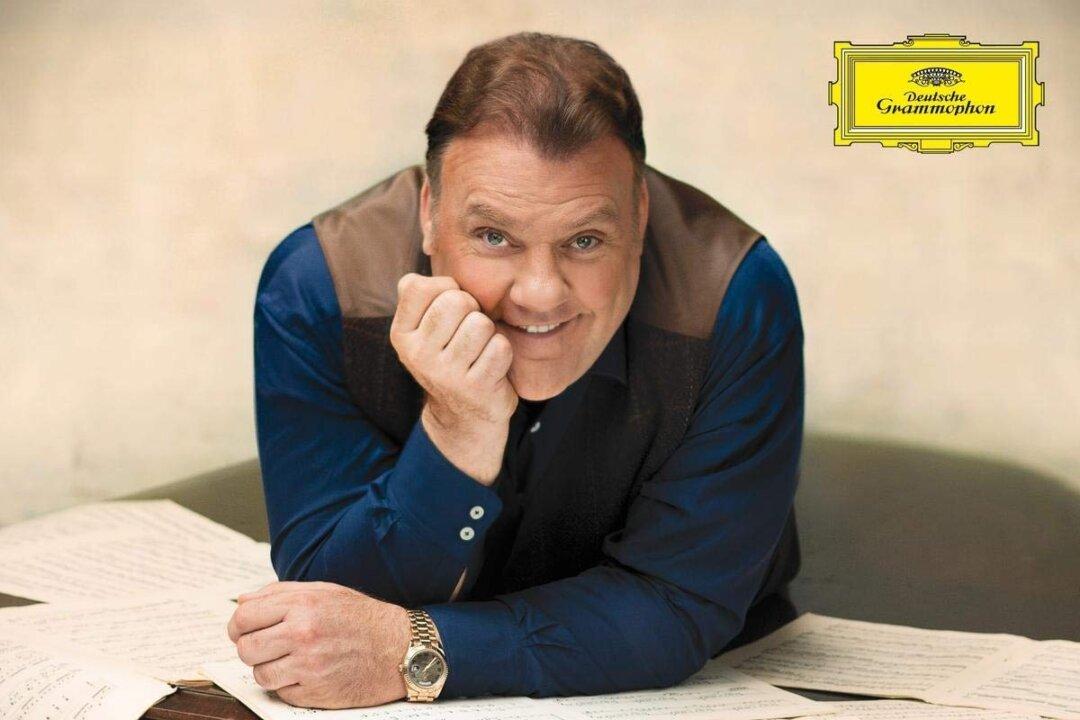NEW YORK—In Act 2, scene 2 of Shakespeare’s “Romeo and Juliet,” the heroine famously asks, “Romeo, Romeo! Wherefore art thou, Romeo?” The Metropolitan Opera may have been asking the same question with respect its current production of Charles Gounod’s opera “Roméo et Juliette.”
Originally, Bryan Hymel was scheduled to sing the male lead. However, he became ill and was to be replaced by Charles Castronovo. Then, he also cancelled for health reasons and, at the performance I attended, Korean tenor Andrea Shin stepped in, acquitting himself quite well. He deserves extra credit because this was his Met debut. At present, Castronovo is scheduled to return for the remaining performances.






